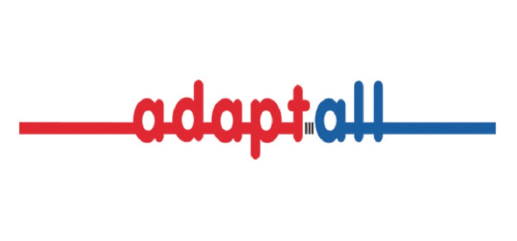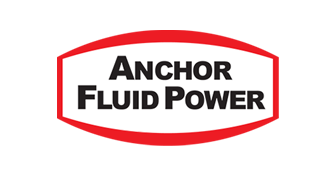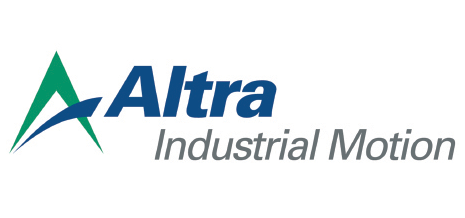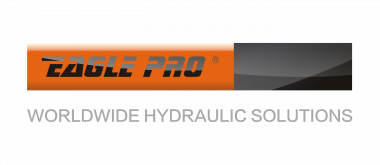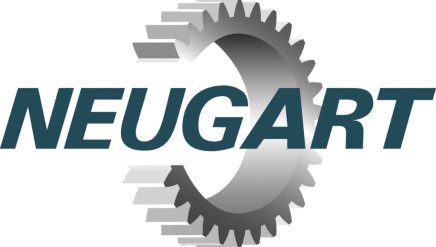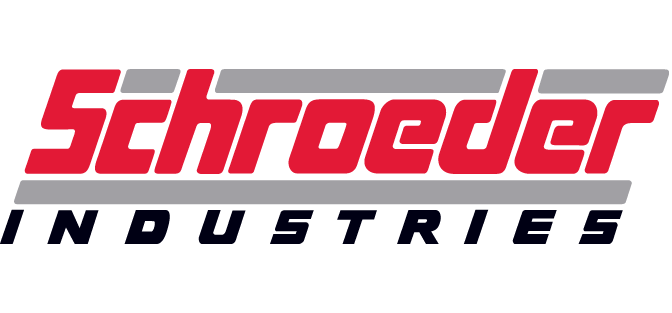Hydraulic lines, also referred to as hydraulic tube, at the most basic level are cylinder-shaped tubing devices that when integrated into a hydraulic system allow for fluid to pass among the components of that
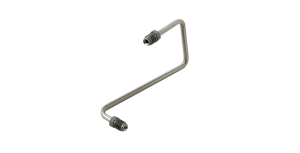
system. They are made of the toughest steel in order to withstand the high pressures that hydraulic systems require. The reason hydraulic lines are made of steel is because the ubiquitous copper tubing of the past could not handle higher pressure fluids. In order to accommodate such needs and requirements, steel lines became the norm, and enjoyed widespread use.
Options for steel hydraulic lines are welded and drawn. Welded tube meets SAE J525 and is typically used for pressure lines. Drawn tube, also referred to as seamless tube, meets SAE J524 has consistent resiliency throughout, and a smooth, clean surface.
How They Are Made:
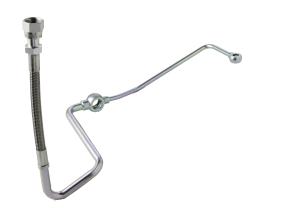 Hydraulic line fabrication begins with the hydraulic tube. The tube is then cut to the desired length, bent with a CNC bender to the specifications, and fitted with the correct fittings for the job. Hydraulic tubes are good for use in any high pressure application, including construction sites and high performance. Stainless steel is another material option for when a hydraulic system requires extremely ductile and the least corrosive tubes.
Hydraulic line fabrication begins with the hydraulic tube. The tube is then cut to the desired length, bent with a CNC bender to the specifications, and fitted with the correct fittings for the job. Hydraulic tubes are good for use in any high pressure application, including construction sites and high performance. Stainless steel is another material option for when a hydraulic system requires extremely ductile and the least corrosive tubes.
What They Are Good for:
Steel hydraulic lines are good for piping systems and high performance, and are used throughout various markets, including agriculture, construction and mining, diesel engine, injection molding, locomotive, marine, material handling, municipality and oil and gas. In the diesel engine world, turbo supply and return lines, coolant lines, exhaust gas recirculation lines and low pressure diesel fuel lines are all common uses.
Hydraulic steel lines keep some of the most important processes moving.
Looking for steel lines for your hydraulic project? Give PDI a call. Our engineers and technicians will work with you to create a solution.




